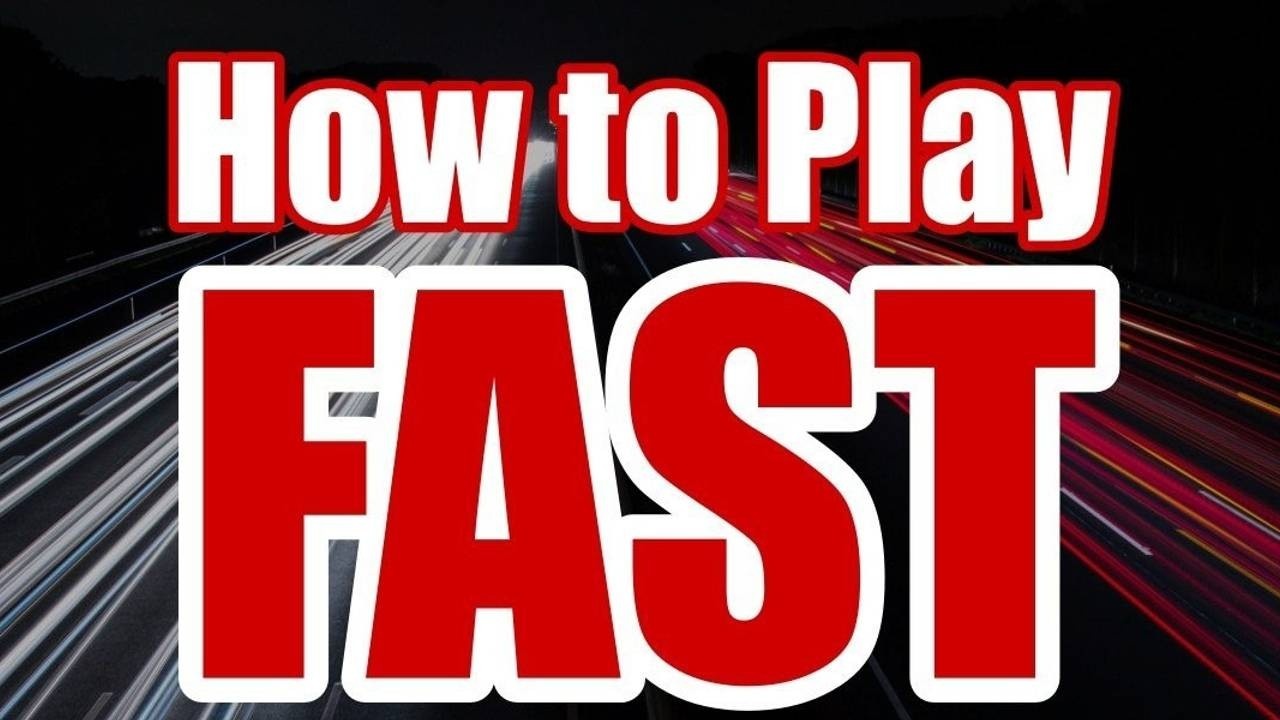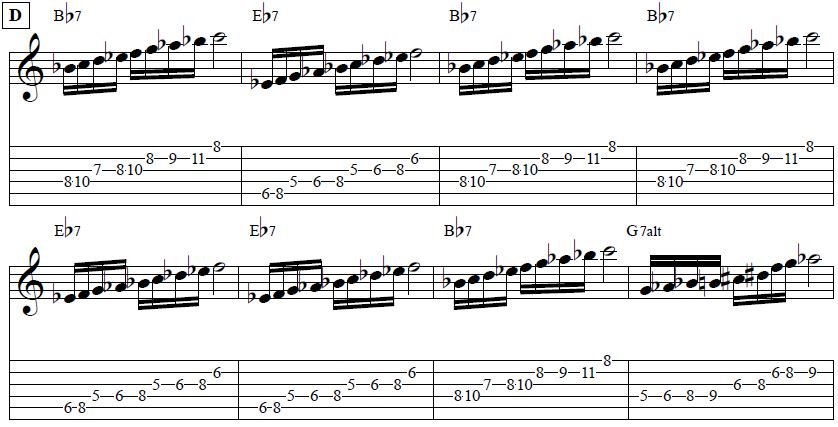
How to Play Fast
Jul 06, 2018Practice Techniques & Subdivision Control
One thing I have always noticed from my students is the desire to learn how to play fast. Now, as a teacher, sometimes I shake my head at the obsession with speed. At the same time, however, I understand the need to be able to do this.
As guitar players, and really, as musicians, our technique should never be a hindrance to the music we are hearing in our heads. Often times, speed can be that one hurdle that holds us back, so it's important to treat your technique with the same importance that you give other facets of your playing.
Download your "How to Play Fast - Exercises"
Join our Community here.
Now, with regard to the "too many notes" argument, I think this is an entirely subjective thing. Too many notes for some is not enough for others, so just go with your gut and listen to your favorite players. Observe how much they use space in their playing and you will get an idea of how you want to proceed.
Having said all of this, let's get started. We will divide this into two sections.
- How to practice playing faster
- Double-time improvisation
Note: Be sure to download the PDF with all of these exercises and more!
How to Play Fast: Four Jazz Guitar Hacks
I am not a fast or technical player myself but, as is the case with any jazz musician, I have had to work on my speed. There is just no way around it if you want to be a well-rounded player.
In my time working on this, I came up with four ideas that really helped me break down those barriers. Let's discuss these.
Hack #1: You Play as Fast as You Hear
The first thing to understand is that speed is in your ears.
A long time ago, I read a very interesting book by pianist Hal Galper called "Forward Motion." One of the things he mentions in the book is that if he was listening to a fast player like Oscar Peterson or Art Tatum, he'd sit down at the piano and be inspired to play fast.
I was 19 when I first read this and, of course, I thought it was nonsense. Today, as a more experienced player, I realize there is a lot to what he was saying.

You see, no player's fingers actually move any faster than any other player's. In fact, what we have are very fine-tuned motor skills. That's why repetition is so important. Speed and overall technique are more about fine movements than anything else.
As a rule of thumb, the faster you play, the further in advance you have to hear the music.
Hack #2: Go Beyond then Come Back
I find that this one is very effective. Basically, the idea is to go just beyond your capacity then bring it back down.
A good way to practice this is to take a metronome and set it to about 12-16 BPM beyond your tempo threshold. Play that way for a bit of time, then bring it back down to your normal tempo. The idea is that your normal speed threshold will feel easier.
After doing this for some time - weeks or even months - you will start to notice that you can play faster. Your motor skills seem to make the necessary adjustments automatically.
Repeat this process with new tempos as you continually increase your speed threshold.
Hack #3: Use Your Metronome on 2 & 4
You're going to hate me for this, but I'm going to ask you to use your metronome here!
Basically, the idea is that you set your metronome to half of your desired speed and hear the clicks as beats 2 and 4 of the measure.
The point here is not necessarily about placing accents on 2 and 4 or anything like that. This is all about being able to play to a click track. It reinforces your time and shows you where you are weak in that area.
Make sure you take this through a variety of different tempos. You will find that you may be comfortable at some slow tempos and some faster ones. However, you will also find that there will be tempos that fall between the cracks that give you much more trouble.
Hack #4: Use Your Metronome on Beat 3
This one is especially tricky. Basically, the idea is to set your metronome to a very slow tempo. If you can imagine it, it should be one click for every measure. When you find that tempo, imagine the metronome as being on beat 3.
This is a great way to reinforce your time and really tighten up your subdivisions.
I would even encourage you to try this on any beat but 1. Try hearing it only on beat 2 or only on beat 4.
With that, let's move on to the next section of this lesson.
How to Play Fast: Double-Time Improvisation
One of the main problems I see with people trying to play faster is that they make it simply about cranking the metronome and trying to play 16th notes.
This can yield some results, but the real beauty of playing faster is to always remain in control of the subdivision.
Often times, people will try exercises like this:

This is fine and it's a good way to get you started on counting simple subdivisions, but let's try something else.
I will have you set the tempo to about 56 BPM and feel the clicks as being on beats 2 and 4. Then, play something common like a Bb blues.
We'll start with a quarter note pattern like this:



Then, we'll divide that into 8th notes like this:



When you've established the feel of that, you can try a 16th note exercise over the changes like this one:


Always keep the 2 & 4 and watch your subdivisions.
Download your "How to Play Fast - Exercises"
Join our Community here.
Jump In
Now it's your turn! Give some of these concepts a shot and you'll see your speed improving in no time!
Lastly, remember to subscribe to our YouTube channel for more helpful tips and lessons. Share this with your friends and help us spread the word!









